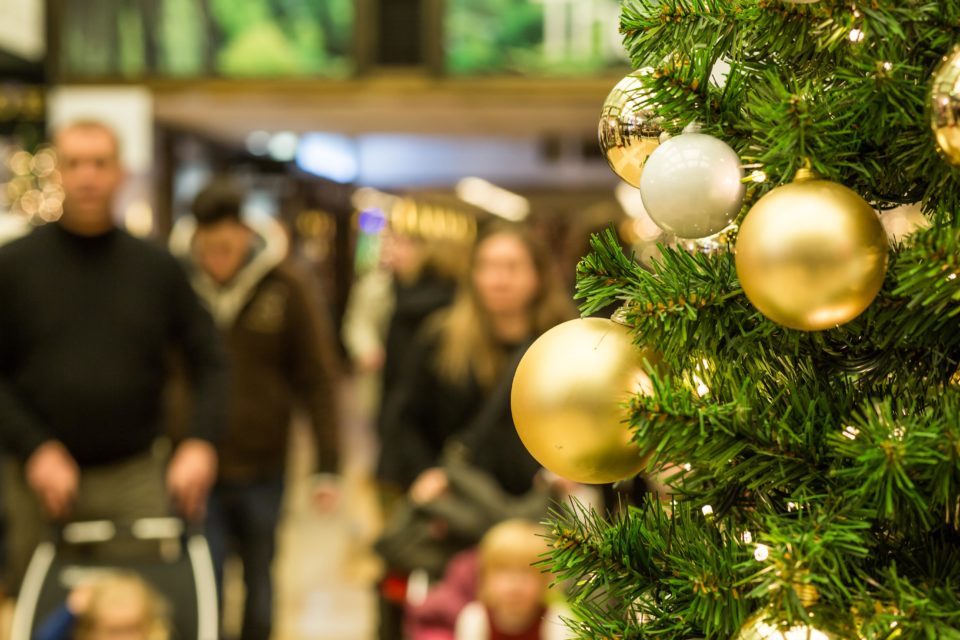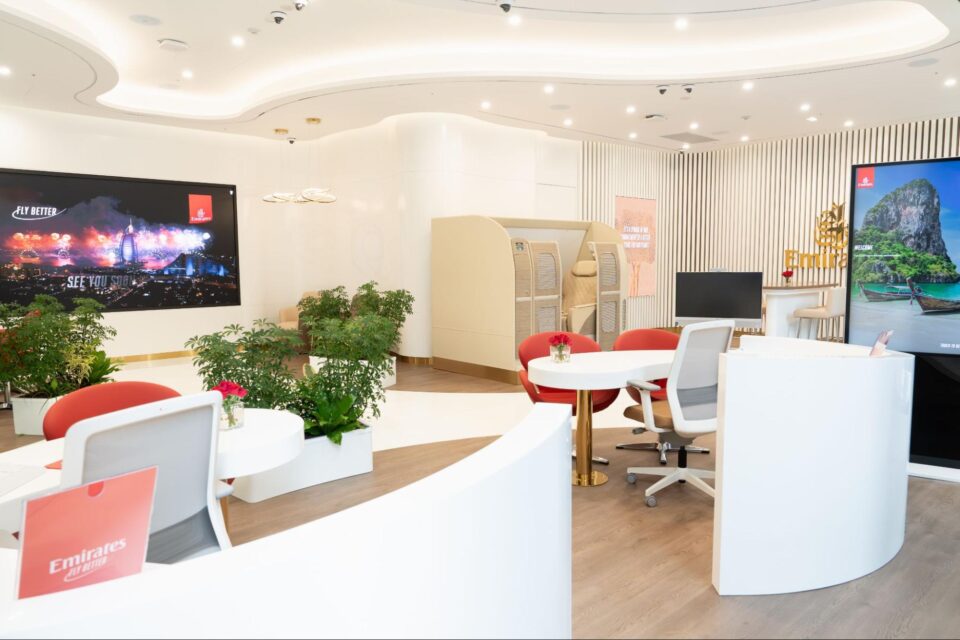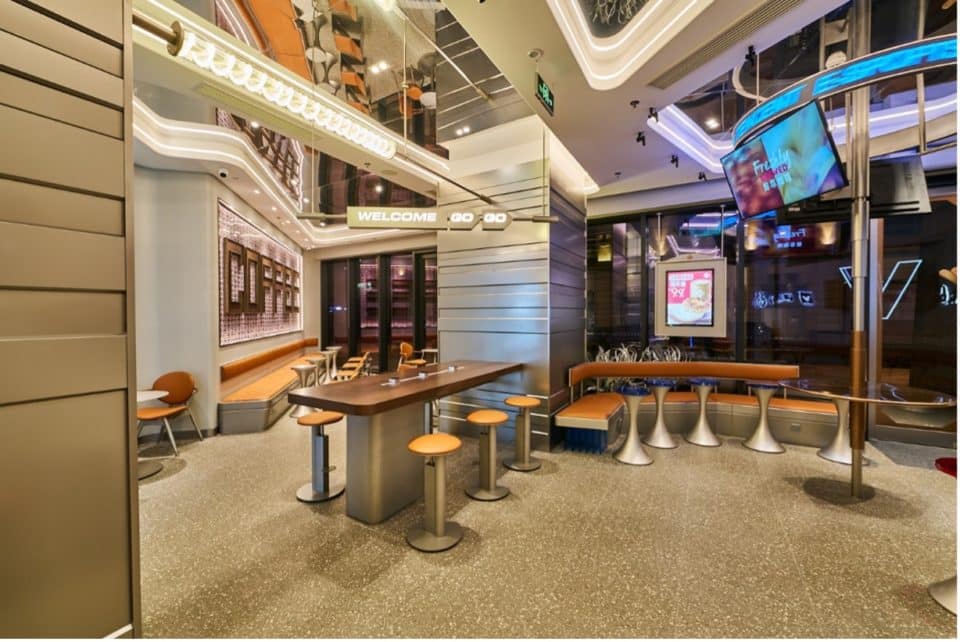Immedia on why brands can use audio to reach their audiences
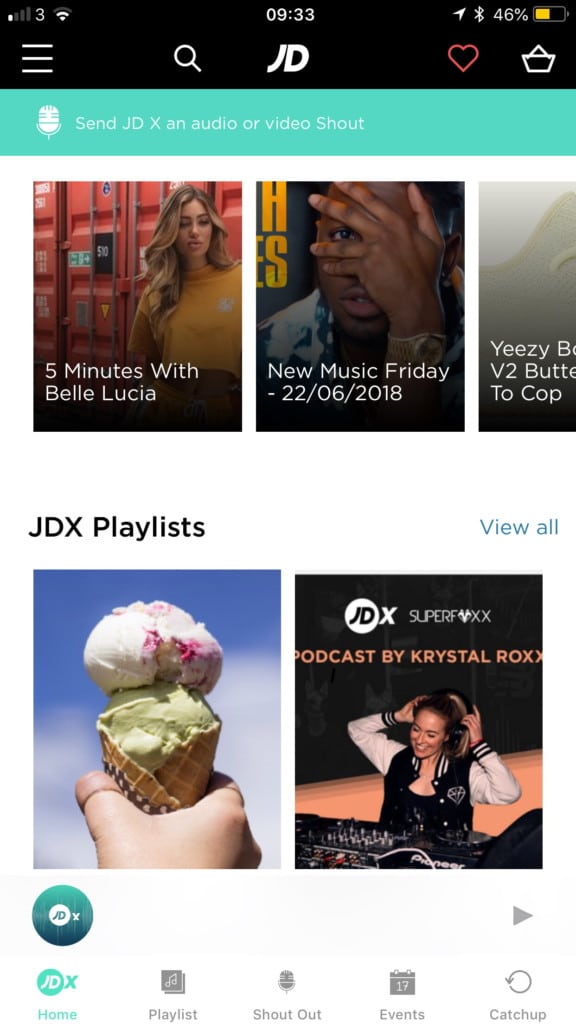
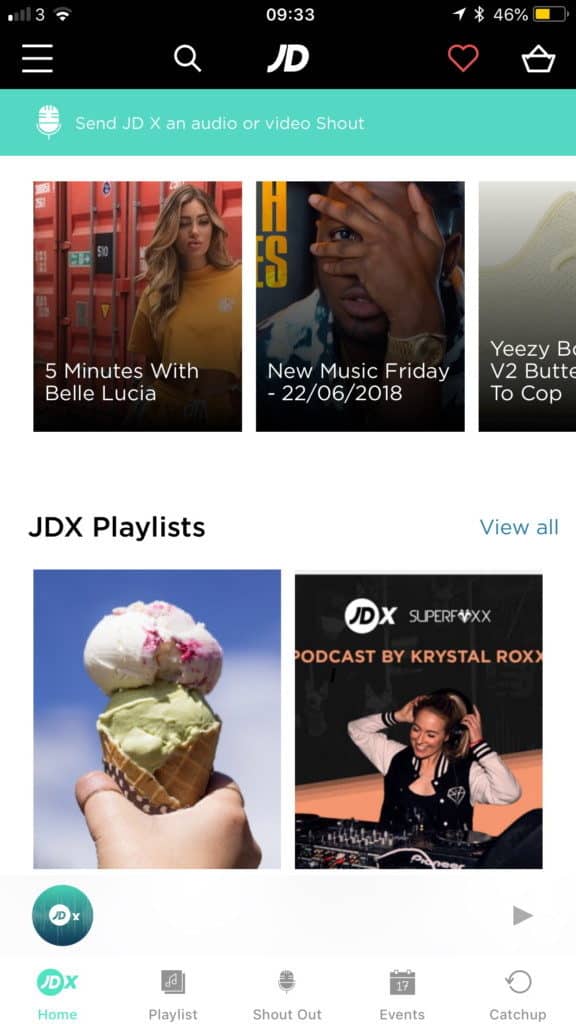
‘Where brands shake hands with fans’ is the tagline of Immedia, a company which is all about connecting brands and their audiences via the power of music. Its live in-store radio stations use a potent combination of music, conversation and entertainment to engage and sell to retailers’ audiences across all stores, but not through traditional adverts. This is also extended to digital channels from social media to apps to online to allow brands to communicate wherever shoppers are.
With a long background in music and programming for audiences himself, CEO Bruno Brookes explains how effective content is the lifeblood of brand communications, why you can’t ‘sell’ any more but you can give a reason to buy and why in-store musical ‘ambience’ is a powerful media opportunity.
Can you explain what Immedia does in a nutshell?
Our mantra is audience engagement for fans of brands. We’re a technology and content business enabling brands to convert owned media channels, both digital and physical, into entertainment and engagement properties. We’re helping brands become rich media owners, to develop audiences by way of the use of music and communications around it and to interact with those audiences. There’s nothing generic in anything we do. Every project is completely different in approach and even the ideas are sometimes completely exclusive to those brands.
Music is very much part of the heart and soul of satisfying human needs. I think what we do is take it for granted. Take any of the major supermarket brands like Tesco and Sainsbury’s and consider how many people spend 20 minutes of their life in one of those retail spaces in any one week. Asda alone have 18 million visits a week into their supermarkets, into their brand, into their world. Shoppers are not going there necessarily to hear their favourite music or hang around ready to listen to anything you want to say to them, but the bottom line is that they are humans and you can’t turn off hearing. You can close your eyes but it’s very difficult to close your ears.
It’s all about content of course. But even more importantly it is all about the audience – what are the common denominators? In retail we know what the common denominators are with every single store under a brand. That bit is done, the rest is about being able to inform people of things that might be useful whilst they’re there, to help and entertain at the same time.
What kind of companies are you working with?
JD Sports is one of our most recent brands where we have developed the in-store experience as well as a multi-channel entertainment experience in their app. Other brands we work with include HSBC, BMW and Superdrug.
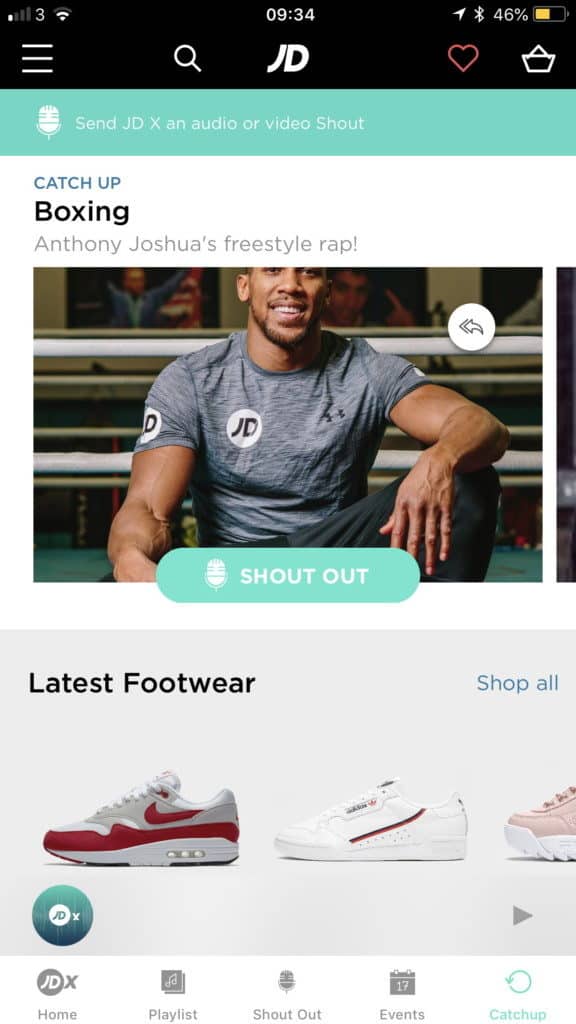
How do you approach a new project?
We go into various brands and take on the experience in the same way as everybody else that would go into these branded properties or to their website or to their app. From time to time we’ll go into a store and work out there’s something majorly wrong when it comes to the ambience. It’s only our view until the stage where we can meet that brand and prove the point.
It is all about understanding the common denominators of an audience wherever they are – in the physical stores or in the app or social media or on the website. Generally, when we approach a potential new client we go to them with a demo of the way in which we think it should sound and 9.5 times out 10 it blows them away because it’s everything they would want to be able to try and create themselves if they could. They can tell just by the tonality of our audio presentations that it completely resonates with who they are as a brand, the heritage behind the brand, and the nature of their customers. All of these things we take into consideration when we’re actually creating the sound of a brand.
What’s different about what we do amongst a marketplace of in-store music providers is that we provide retailers with a live consistent service across all stores. This allows us to be proactive and reactive, so it enables the business to be able to promote something as soon as possible. It enables the presenters to keep people in touch with various things going on in the world that would be relevant to that audience. For instance, it could be as simple as a football score announced live in the store.
From a commercial perspective the stores can be organised and generate new offers with very little notice right across the estate. When we’re talking about millions of people in the store group at any one time and any one day that is a huge impact.
Are there common things retailers are getting wrong when it comes to music in store?
Typically, music in stores has been seen as more of a background ambience product for many decades. It brings a little bit of light to the background. The music makes you feel more comfortable and the store feels a little bit more lived in even though it might have only opened half an hour ago.
Any one retailer wants to hope that they’ve got a reliable music service that would be right for the general audience that would visit that store. In principle that’s enough. But is it? The numbers are eyewatering in terms of the number of individuals who visit a store group in any one week. That is undoubtedly a media opportunity rather than an ambient music opportunity. When there are that many people listening or exposed to that sound, whether it’s ambient music or something else, the something else is the opportunity I seek for brands to recognise and take advantage of.
With the world that we are in living now, particularly with millennial audiences and Generation Z, we will be communicating with them in a way that they want us to. With Gen Z they do not want to be sold anything. The reality is we can’t sell them anything because they know about it before we’ve even had a chance to. Everything’s on the mobile device. Most of that time and research will be done anywhere else but a store.
If they quite like the idea of buying a pair of trainers for instance that they’ve seen on a particular website they can buy them there and then online or they can go to the store and pick them up and take in a bit of the store experience as well. But they’re only going to do that if the experience is exactly on the money in terms of what they like as a typical customer of this particular brand.
People and subsets of people buy into brands for a reason – there’s considerable difference in the people who would buy into JD Sports and those that would Sports Direct. They are in similar markets but they’re catering to two very different lifestyles. The respondents are completely different people because of what the brand stands for.
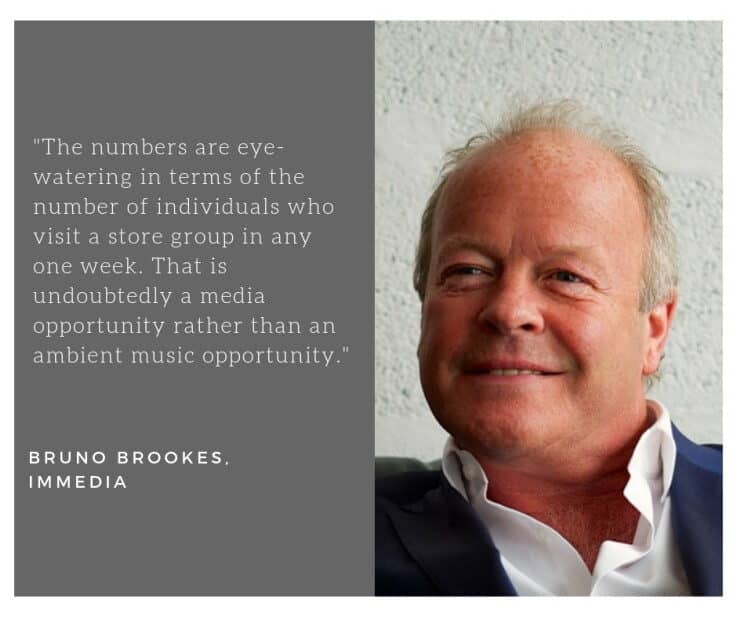
What are the benefits of this type of audio service over other types of content?
The very simple difference between an audio service and what you would expect to see on screen in retail is on screens generally there would be campaigns. These allow retailers to be able to market what’s important to them. But radio is much more timely than a promotion for the month – we can do promotions every five to 10 minutes if necessary, every day. It depends on the retailer and how they want to organise themselves.
The other difference is that we communicate to two audiences, one is the shoppers themselves and then there are the colleagues. We actually put on live shows just for colleagues before opening or afterwards. We mention specific names good for service. We phone somebody up in a store and wish them a happy birthday and it’s live on air, not just in that store, but across the whole group. They can only do that with a live service.
What recent projects are you most proud of working on?
We are particularly proud of the whole JD-X proposition. JD Sports fully understand the importance of music and other entertainment and communications for their audience. They’re quite brilliant in their relationship with their audience.
JD-X started as an in-store radio idea and has now become a premium membership where there are all sorts of benefits wrapped around music and the shop. Customers can stream tailored music and entertainment content 24 hours a day in the JD app across a series of channels, as well as listen in-store.
It’s a perfect example of where we are going as a business and how we can help brands to create very similar experiences for their fans. How can you enhance the experience whilst they’re in-store? How can we entertain and inform this audience whilst they’re looking to shop online or on the app? It’s keeping a constant connection with their audience and enjoying music and other things together.
Why is there sometimes a disconnect between what is happening in-store and on retailer’s other channels?
I think the reason for that is that the circle is not completely joined up. Most of the time a brand wants to be able to find its audience in any which way possible. The multichannel digital approach, particularly with younger audiences, is the way forward. But of course, it’s only as good as the content that’s there.
Often you see a little visual, a headline and a message which is exactly the same whether it be on Facebook, Instagram or Twitter. Clearly, it’s a hope and a skip to try and fill those channels with information in order to be able to keep that brand in the digital space. It goes back to content – it doesn’t matter how many channels you have and how many people you reach or want to reach if the content’s not strong nobody will go there anyway.
You’ve got to overdeliver. If you’ve got much more powerful content and more reasons to get people to talk and share through those digital channels, and you hang that around music for the specific audiences and what they like, you really do start to create a fuller communications proposition for each of these bands.
That’s why we need to start with creating a very strong content proposition which feels extremely comfortable with an established brand where it elevates them to a place where it creates three things – talkability with their audience wherever they are, surprise (which is what creates the talkability if it’s something they didn’t know and now want to know), and the delight which is ‘I’m going to do something about this’. We try to create that elevated content so people get those three elements. We do it within the store and then we extend that into the digital channels.
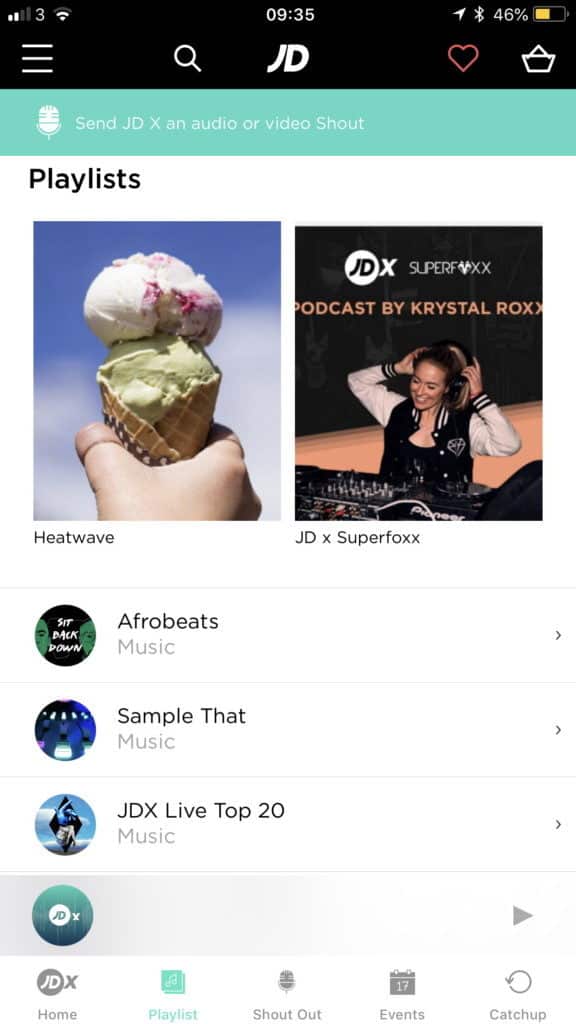
What is the key to effective content?
It’s absolutely key that we support all of the promotions and the marketing that the brand wants to get out on their radio station. We try and enhance that in the most effective way possible by way of the promotions that we create for the brand but also by way of the presenters who are live and can actually talk about those products. They explain what it is, who made it, what it normally costs, why you should have it, so it’s much more explanatory. You have to give people a reason to want to buy it there and then and that’s what we try and do.
One of the best examples was a promotion we did for Elastoplast. We organised that the store group would put pyramids of Elastoplast on each counter at a discount price. We then asked on the radio ‘if your little 5 year old was to fall down and graze his knee would you dab it with warm water or cold water’. Then we said ‘we’ll give you the answer after this’, we played a song and four minutes later, with the customer still in the store, we repeated the question and gave the answer. Then we said ‘that’s another fact with Elastoplast on sale today at a discounted price of X’.
Those sorts of little facts and figures you don’t forget quickly. They stay with you particularly if you’re in the right environment for where it should have been heard. So, when the customer goes to the counter and there’s a box of Elastoplast, discounted and ready to go, they take one. The increase in sales across the estate was staggering. That’s how simple it is because we were able to communicate that in 1400 stores.
It coordinated all of these things in such a way that not only was the information very helpful, so it’s interesting in its own right, it was being heard in a relevant environment so we created a reason to buy it. It wasn’t like an advert. We give people a reason to think about a service or a product. Why would you want to buy it? We always sell the reason and join the product with the reason.
Another example is for Superdrug. On their 50th birthday we changed all the music played in-store, just for that day, to music over the last 50 years, we had management and colleagues on air, people on air wishing them a happy birthday. It was a big day, but everything was changed just for one day and then put back again. Imagine how you do that without a live service?
What do you think the future of in-store retail looks like?
Retail has moved into showrooming, but I think that it will go into living rooms. We’re seeing it a lot in restaurants and coffee shops. Some of my favourite coffee shops feel as if I’m going into an extension of my home. Again, it’s all about the reasons. Why am I going to stay there longer? Why am I going to be a regular?
I think in the next five years I can see brands having environments where you are members and they’ve got everything going on in there. It will be about life more than just buying something.
What are your future plans for Immedia?
There is more demand for what we’re doing now than ever before. I think that is the result of a natural shift in that customers want to hear the brand’s heartbeat. The question is how far can you go? I think with most bands you can go really deep but it’s just allowing that to happen.
Images courtesy of Immedia
How did these 15 retailers achieve some of the UK’s biggest sales per square foot? Find out how we can help you identify and discover the breakout trends in offline and online retail that will put you years ahead of your competition. Get in touch here.

